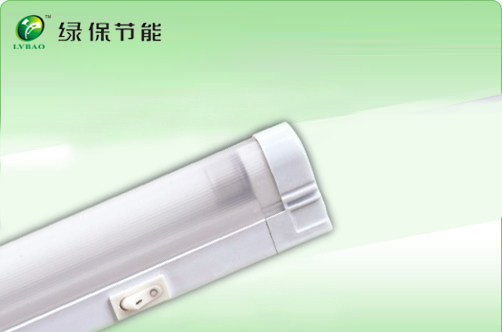Lighting – FAQSome frequently asked questions: What does LED stand for   LED stands for Light Emitting Diode – an example of solid state lighting. How much energy can I save?All lighting will have a different specification in accordance with its particular purpose but, on average, an LED will use 1 18th of the power of a standard incandescent bulb. LED bulbs typically use between 1 and 15 watts. Rarely will you see an LED bulb that uses more than 15 watts of power. This means that, in general, LEDs use less power than compact fluorescent lights (CFLs), which are currently being marketed as “energy saving”. Why do I need to change?In February 2007, the Australian Government enacted a law that banned the sale of most incandescent lights by 2010. Until recently, the only alternative we had been given was to use CFLs, which contain hazardous levels of mercury and are therefore unsafe to handle when broken and create a major disposal problem as well.
LEDs are a far cleaner and safer choice. Do LEDs contain mercury like CFLs do? No. Mercury is a highly toxic neurotoxin, which is used in fluorescent light bulbs including CFLs. Many people are unaware of the use of mercury in CFLs and accordingly not aware of the strict cleanup procedures they should follow if a bulb breaks. Millions of these mercury polluted light bulbs are being disposed of after use into our landfills, thereby risking the contamination of our ground water. Why haven’t I heard of LEDs before?LED shave been around for decades. They have been used in our cars and as indicators on electronic devices, but their uses were limited by the manufacturers’ inability to create a white LED. Recent developments have changed this and white LEDs are now available. Do LEDs require separate drivers?No. Planet Power LEDs come with internal constant current drivers, which means you take out the light bulb you have and replace it with an LED. The only exception to this is with LED tube lights, which require a starter to be removed and the ballast bypassed in order to save the maximum amount of electricity. Is heat a problem with LEDs?Heat can be an issue if too much wattage is pushed through and LED and would cause the lamp to fail. This was the reason manufacturers took time to develop brightness in small bulbs, such as the 50 watt halogen down light replacement. It is difficult to create that level of brightness in such a small area without creating too much heat – however, this issue has now been overcome. The environment in which an LED is placed can also have an impact on its lifespan. Ambient temperatures should be between 20ºC and 50ºC and the bulb should be adequately ventilated in order to allow any heat generated to dissipate. The surface temperature of an LED will be approximately 50-60ºC, which is not too hot to touch but possibly too wart to handle for too long. How long do LEDs last?LEDs may last up to and, in many cases, beyond 50,000 hours – that is, between 5 to 6 years of constant use, 24 hours a day, 7 days a week! Could I put LEDs into my existing light fittings?Yes. Planet Power LEDs come in a range of bases and sizes to fit most commonly-used existing light fittings with the exception of tube lights and G24 (fluorescent tube replacement) bulbs, which do require the starter being removed and the ballast removed before they can be installed. This work needs to be carried out by a qualified electrician to retain the warranty. Will LEDs work with existing dimmers?Only if the LED is specifically marked “dimmable”. A dimmable LED uses a different internal driver. Currently, these dimmable LEDs do not work with all existing dimmers, but the range is growing as manufacturers continue to make advancements and new drivers become available? Using a non-dimmable LED bulb on a circuit that includes a dimmer will void your warranty. Are LEDs as bright as normal bulbs?The Planet Power range has been fully tested and we give an approximate indication of the wattage of the incandescent bulb they are replacing. LED lighting is generally more directional than incandescent light. We recommend that you install them and give yourself time to get used to the different look of the room. What is the difference between “warm white” and “cool white”?Warm white has a yellowish glow while cool white contains more blue tones and is accordingly closer to the colour of true daylight. Why choose LEDs ahead of Compact Fluorescent Lights?- LEDs use very little energy
- LEDs may last up to and even beyond 50,000 hours, which can mean up to 10 years even with heavy usage
- LEDs emit no UV light and are safe for people with health problems that are affected by fluorescent lights (e.g. migraine)
- LEDs produce very little heat, thereby greatly reducing the strain on air-conditioning and therefore further reducing energy consumption.
- LEDs can be retro-fitted into most standard light fixtures
- LEDs emit no audible “buzz”
- LEDs are mercury free
- LEDs come in an extensive range to suit many applications
- LEDs are shock and vibration resistant
How do I dispose of my old LEDs?Firstly, disposal shouldn’t be necessary for at least 10 years. If a bulb breaks, it poses no immediate health risk and can be placed in a bin. Landfill is the recommended method of disposal. What warranties come with LEDs?All Planet Power warranties come with a 2 or 3 year warranty on faults.
|

